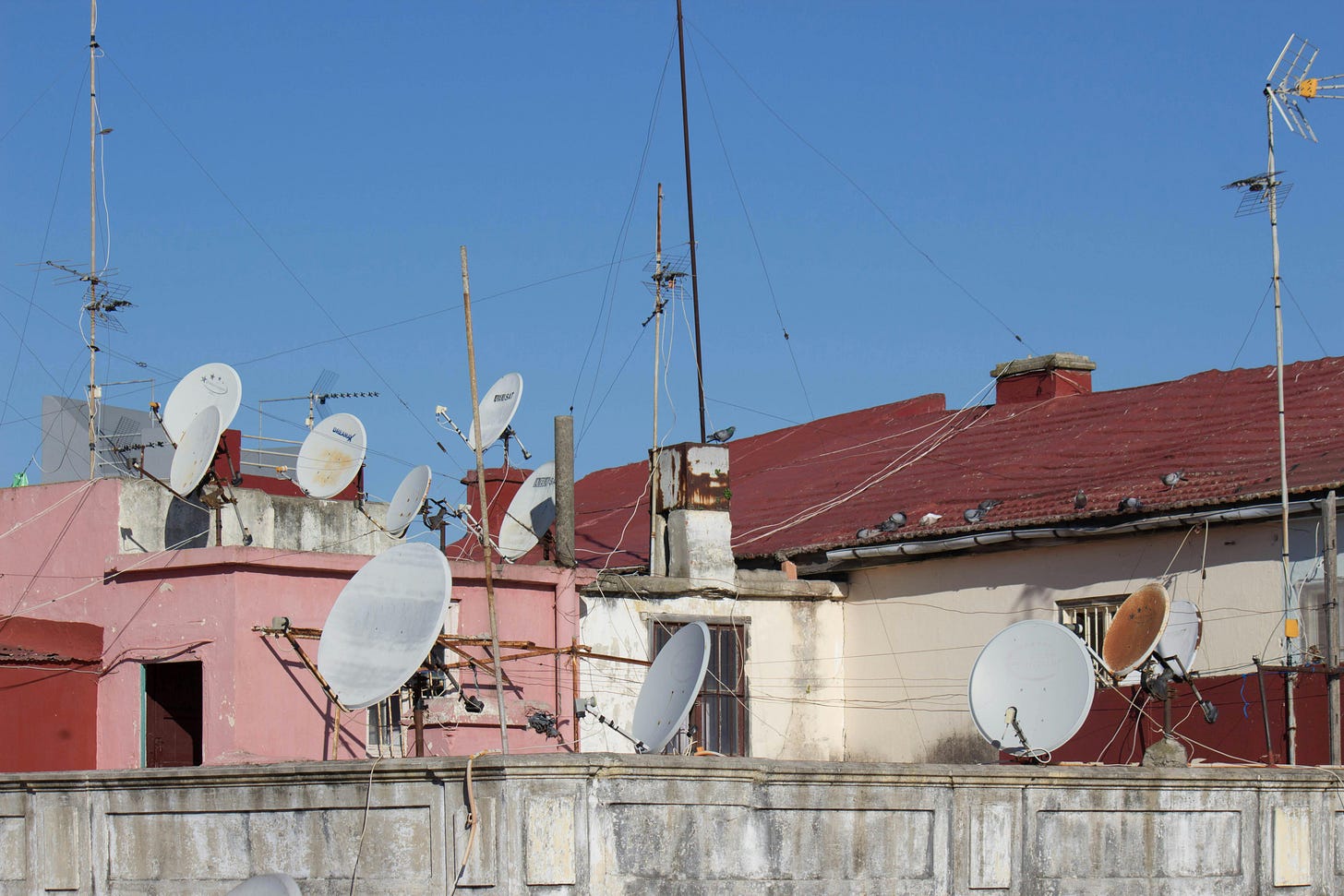Wind farms 'could disrupt railway radio tech' – wait, what?
Please try not to freak out
A lonely figure walked through the valley in the shadow of wind turbines – with a radio receiver strapped to their back. Last August, this intrepid investigator plodded through a section of the vast Tehachapi Pass wind farm in California, gradually moving further and further away from a transmitting device.
It was a field test of a radio system, with the backpack receiver logging any interference caused by nearby turbines along the route.
The study, by US train communications and controls firm Meteorcomm, found that wind turbines located within 0.3 kilometres of the receiver – when said receiver was more than 3 kilometres from the transmitter – could trigger noticeable interference on the 220 megahertz band. That’s a part of the spectrum used by Meteorcomm’s railway radio systems.
Last month, citing Meteorcomm’s study, the US Department of Transport (US DOT) announced a major new recommendation against building wind farms within a wide area extending to 1.2 miles (1.93 kilometres) either side of a railway line.
But this recommendation goes further than the suggestions made by Meteorcomm in its report. Plus, the Association of American Railroads (AAR) tells The Reengineer that it is “unaware of any instances of interference with rail communication systems” – though it adds that “potential concerns have been raised”.
Locomotive data radios communicate with base and trackside radios, with information about the train’s journey constantly zipping back and forth. For example: “[Wayside] radios provide wayside signal status, switch position, and track integrity information to locomotives,” Meteorcomm explains in a technical document. It means real-time changes to speed limits, and other information, can be shared directly to computer systems in the train driver’s cab.
Get back
The fact that clusters of wind turbines can sometimes affect radio signals, including military radar, is well known. This has caused occasional headaches for engineers. In one case, the operators of a large wind farm in Scotland had to install free satellite TV systems in roughly 300 homes, after turbines disrupted the signal from a nearby TV mast. It cost the firm £24,000.

But here’s the thing. Meteorcomm’s interesting and detailed report did not actually recommend against building wind farms within 1.93 kilometres of a US railway line.
Rather, it described zones of decreasing risk based on a proposed wind farm’s distance from the track. Within 500 metres of the railway, interference could be high so no wind farms should be permitted, the report said. But between 500 metres and 1.93 kilometres, the report merely recommended conducting interference assessments before building turbines.
The Reengineer put this detail to the US DOT – did not their new recommendation miss this important nuance?
“As stated in the report, wind farm interference can be felt up to [1.93 kilometres] away from their location. US DOT has committed to studying the effects of this interference further,” a spokesperson says.
Meteorcomm adds, “We have no further comments regarding the published report.”
The AAR says, “As US DOT initiates its study of this issue, the railroad industry is committed to providing data, technical insights, and operational context to support a comprehensive, evidence-based evaluation.”
In recent weeks, the US government has taken various steps that complicate the development of wind farms. For example, by rescinding offshore wind area designations, demanding data on eagle deaths, and stipulating that new wind and solar projects earmarked for federal land produce more energy per acre than coal, gas or nuclear plants – which is likely to prevent any such projects receiving a permit.
‘Slim’ risk
“The chances of the signals actually going through a wind farm on a railway line seem to me pretty slim,” says William Webb, formerly a director at UK telecommunications regulator Ofcom, now chief executive of consultancy Commcisive. “If you’ve got the wind farm off to one side, frankly I can’t see how it would make any significant difference at all to the radio signal.”
While at Ofcom, Webb says he commissioned a study to explore the impact of wind farms on radio signals. “The answer was […] you might get a bit of degradation. We’re not talking much.” It is generally harder to get a signal through a heavily built up area, such as the centre of a city, than through a wind farm, Webb explains.
“This all seems a bit excessive to me,” he adds, of the latest US DOT recommendation.

When it comes to radar, however, there could be bigger problems. Offshore wind farms sometimes trouble military radar in the UK. This has led to disagreements over how to manage such incidents. The UK government has, in recent years, funded research into methods of reducing this kind of interference.
Webb points out that disturbances to military radar are likely to be minimal. And any incoming enemy missiles or fighter jets would likely still be visible on other radar or surveillance systems, he suggests.
Careful siting of wind farms is probably enough, in almost all cases, to avoid significant problems. Though to what extent that might decelerate the rollout of renewables remains to be seen. In November last year, Sweden blocked plans to build 13 offshore wind farms, for fear of reducing the visibility of incoming missiles to the country’s radar defences.
Engineers to the rescue
There’s a chance that wind farms could actually help military surveillance. A story in The Times in January described efforts to develop passive projectile-detecting sensors for the top of wind turbine masts: “The sensors would interpret incoming signals from across the electromagnetic spectrum making the turbines an extension of air defence, rather than an impediment.”
Separately, a 2022 report discussed impacts on weather radar, noting that wind farm interference can make it difficult to assess rainfall intensity, though it added that wind turbine makers could “consider using stealth materials”.
In Sweden, modernisation of the weather radar system there have reduced wind farm interference, or “clutter”, in recent years, according to the Norwegian Meteorological Institute.
Metal is highly reflective to radio signals but composite materials have become far more common in turbine blades over the years. Manufacturers have long considered how to respond to the radar problem, including through the development of materials that are less reflective to radio waves. Studies also suggest that special patterns applied to the surface of turbine blades could reduce radar interference.
While wind farms can present issues for radio technology, I’m struck by the usefulness of clever engineering and sensible planning that is already out there in this area. That should ensure that blades keep a-spinning – and trains keep a-rollin’.
Further reading on this week’s story
An article about wind farm interference and railway telecommunications in South Africa, describes multiple ways in which a turbine can cause radio interference.
Various studies explore the possibility of algorithmically removing wind farm “clutter” from radar, such as this 2023 paper.
Update: Added a line from the Norwegian Meteorological Institute.
Thanks for reading! If you enjoyed this story, don’t forget to share it with your friends and colleagues. You can also subscribe to The Reengineer and follow me on Bluesky.



